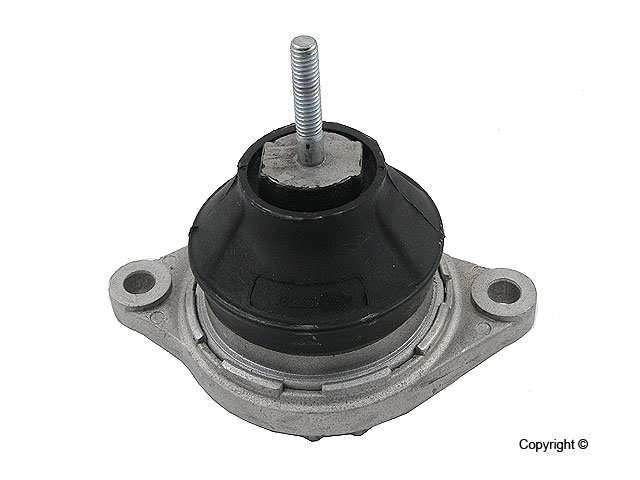Vidal
Member
Hi, I am looking to buy a P6 Rover engine for my old Land Rover. My 80" is an old (and still a bit bent) comp trailler. It is my daily driver and gets used a lot for family holidays, camping, carrying wood and Euroleafing (adventures on the continent). It has a 200Tdi engine at the moment that is going strong but sometime in the future I am planning to change, I am not sure just when this will happen it could be a while as I have some more long Eurotrips planned and there is no rush at the mo. The Tdi is great for fuel economy is very reliable and has some grunt but it looks like the tide may be turning against Diesel, not being very environmentally friendly.
The P6 engine conversion was a popular mod in he 70s and 80s being a good size with good smooth power from the same stable and fairly easy to do (I think). Increasingly it seems that all early LRs are getting the full resto treatment, the outcome being lots of carbon copies rebuilt to a set template and better than new that never get properly used (as every good Land Rover should). With the history of my motor I think this conversion would be a great nod to the past while still keeping it very usable as a retro trailler.
So the question is which 4 pot should I go for?
My priorities are-
Reliability/Durability
Economy (I know I won't get Tdi miles)
Power would be nice…
Parts availability?
So everything then .
.
I really love the idea of the 2200TC, being the most high performance unit, but would this be the most suitable for my needs?
I know that every Rover product suffered as BL got into its cost cutting/mismanagement 70s stride (Land Rovers too) so are the earlier engines the stronger units?
I am no great mechanic and don't know too much about the engines good points and bad points so any advice would be most welcome.
To give you an idea of what the 80" gets up to here is a part from a series of videos we did of a trip last year.
Thanks Steve.
The P6 engine conversion was a popular mod in he 70s and 80s being a good size with good smooth power from the same stable and fairly easy to do (I think). Increasingly it seems that all early LRs are getting the full resto treatment, the outcome being lots of carbon copies rebuilt to a set template and better than new that never get properly used (as every good Land Rover should). With the history of my motor I think this conversion would be a great nod to the past while still keeping it very usable as a retro trailler.
So the question is which 4 pot should I go for?
My priorities are-
Reliability/Durability
Economy (I know I won't get Tdi miles)
Power would be nice…
Parts availability?
So everything then
I really love the idea of the 2200TC, being the most high performance unit, but would this be the most suitable for my needs?
I know that every Rover product suffered as BL got into its cost cutting/mismanagement 70s stride (Land Rovers too) so are the earlier engines the stronger units?
I am no great mechanic and don't know too much about the engines good points and bad points so any advice would be most welcome.
To give you an idea of what the 80" gets up to here is a part from a series of videos we did of a trip last year.
Thanks Steve.


